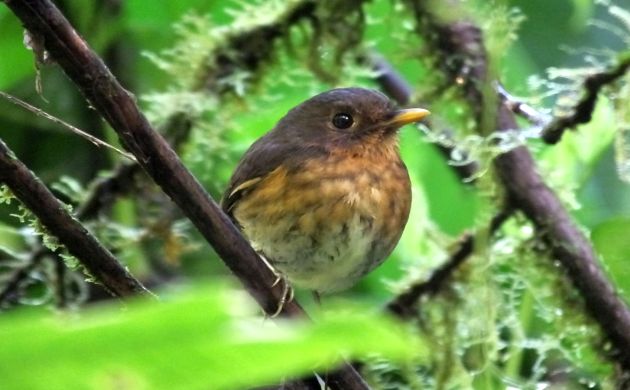
The first rule about birding is that there are no rules for birding. Look at a bird with the intent of identifying it or just watching it because you want to, and that’s it, that’s birding. Some who partake in the hobby, the passion, the possible obsession might beg to differ but they would be wrong because you just can’t argue with such an easy, basic, and honest definition.
Bird..watch…voila.
However, that’s not to say that birding can’t be a whole lot more, if you are reading this, it’s very likely that you are well aware that it usually is.
Those who would beg to differ with that definition, or at least sort of feel that “real birding” is something else, something more, do so because to them, it literally is much more. It translates to a large investment of time and effort, a hopefully happy one, but nonetheless an investment and looking out the window at a feeder on a wintry day just seems too casual to be known as “birding”. Yet, it most definitely is and that’s because once again, the only rule for birding is that there are no rules for birding. Well, maybe there should be a rule to do an antpitta dance when you actually lay eyes on your first feathered ball with legs but we could just leave that as a suggestion.
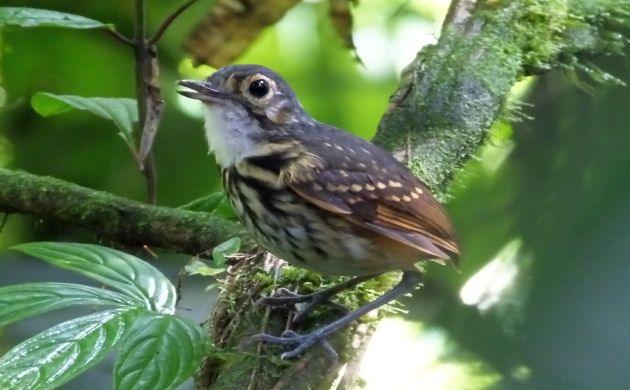
You can dance if you want to, you can leave your friends behind, but if your friends don’t do the antpitta dance….
Even though we got no real birding rules, this doesn’t mean that we all have to bird the same way. In fact, birding differently goes right along with the only real main rule, and of the many different means of birding, one of the most effective and challenging is the kung-fu approach. While this might bring up visions of flying kicks while simultaneously focusing the binos on a Prong-billed Barbet, as cool and impressive as that would be, that’s not really what it is. The kung-fu approach to birding is known like so because of the techniques and philosophies that are followed. This is what it’s all about:
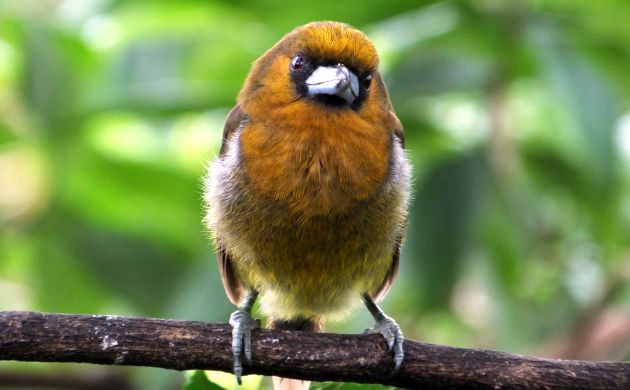
The Prong-billed Barbet is only impressed with delicious cloud forest fruit.
Time and effort – This is actually sort of what “kung-fu” really means. Although the term is usually associated with Chinese martial arts, that’s only because becoming efficient in said arts requires a great deal of time, effort, dedication, and more. But, put in enough focused effort and you achieve great results, and that’s what kung-fu really is whether you happen to be painting landscapes, getting serious with sudoku, making authentic Neopolitan Pizzas, practicing Northern Shaolin Long Fist, or, watching birds.
It is time and effort to achieve what you want, in this case, maybe seeing more birds, identifying those first year gulls, perhaps differentiating the songs of wood-warblers. In Costa Rica, this could also involve seeing all of the antpittas (including the cute Ochre-breasted Antpitta shown in the feature image) or even finding a mega Solitary Eagle. After all, each of those endeavors requires a heck of a lot of time and effort.
Patience – Patience is an essential aspect of kung-fu birding because you don’t get great results overnight. If life were like The Matrix, yes, but until we can download skills directly into the gray matter, achieving impressive results requires hard, dedicated work, and that requires lots of patience to keep at it, to keep going and stick with it until we pick out that rare and weird Sharpbill from a buzzing mixed flock, until we find the stop-over sites of rare Cerulean Warblers, until the Resplendent Quetzal comes back to its nest.
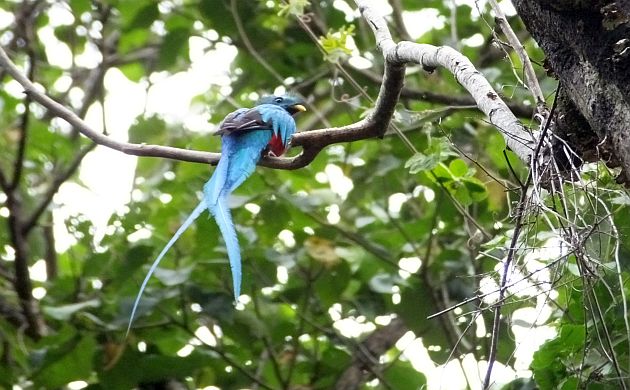
Patience pays off.
Challenging oneself to always improve – Practice actually does not make perfect because that’s impossible. However, humble, diligent practice can lead to achievements that never seemed possible and it doesn’t have to stop there. Keep this attitude going and you can take kung-fu birding to as high a level as you want. Flight calls of nocturnal migrants? Differentiating shorebirds in flight, even at a distance? Immediate identification of vocalizations and canopy birds at odd angles as they rush through the treetops of the rainforest? All are possible and we can always get better at quick identification, we can always improve our ability to identify raptors in flight. There’s always more to learn, we can always do better and keeping that in mind is an important aspect of kung-fu birding.
Doing whatever it takes – White-tailed Ptarmigans are up there above the tree line. You might have to trudge through snow, and do so with less oxygen to burn, but if you want to see those special high mountain grouse, you might have to feel the ptarmigan burn and more. In Costa Rica, although we lack ptarmigans, we have more than enough difficult birds that require the “do what it takes” approach to make up for it. Want to see a seriously elusive Black-crowned Antpitta? You need to find out where to look, know how to look for it, have plenty of patience, and might also need to hire a good guide.
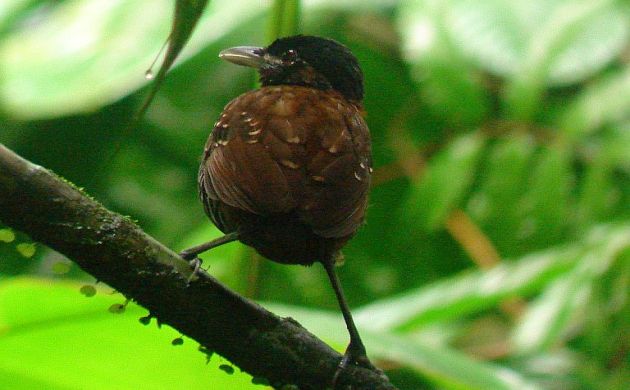
Not exactly an easy bird to see.
As an aside, although we know there’s only one rule to birding, it bears to mention that “doing what it takes” doesn’t mean harming birds to see them, nor, of course, harming people or being a jerk to others so you can see a bird. At its core, the kung-fu birding approach is also ethical in every way. If anything, it’s more about self improvement through diligent practice rather than such lesser methodologies of birding as “boast-birding”, “talkative-birding”, and, maybe the worst of the bunch, “unapologetic stringing”.
Kung-fu birding! Are you up for the challenge? Are you already a kung-fu birder but never realized it until now? Or, maybe you happen to be a Jedi birder! Whether kung-fu birding or not, please leave a comment about the type of birding you enjoy the most.













Leave a Comment